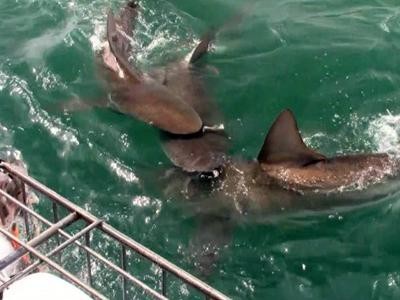Bronze Whalers - the Great Golden Sharks of Gansbaai
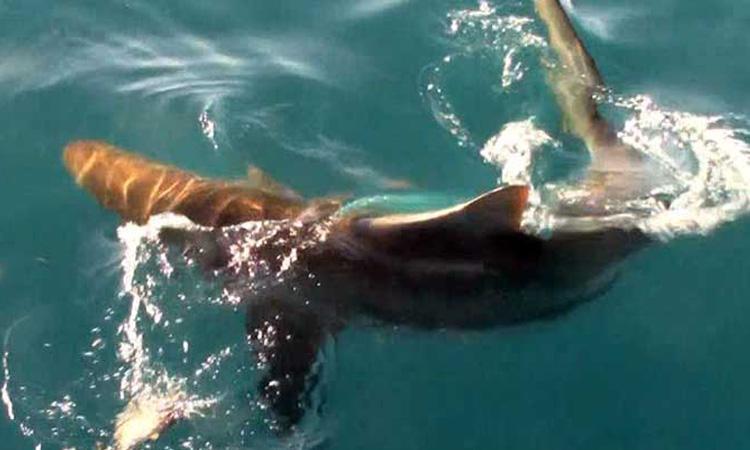
"Welcome to Gansbaai the Great Gold shark capital of the world!! We currently experience incredible diving interaction with Bronze whaler/copper sharks, a near-threatened species more associated with the sardine run and small pelagic fish species here in SA! Such beautiful colouration to them, stunning sharks". –Ali Towner – local Marine Biologist
The Bronze Whaler Shark is also known as the narrow tooth, bronze whaler or the copper shark. Scientist calls them Carcharhinus brachyurus
The genus name Carcharhinus is Greek for sharp nose, a fitting description for this long, torpedo-shaped fish This name brachyurus is derived from the Greek word brachys (short) and oura (tail). The name ‘whaler’ was given to them by the nineteenth-century whaling vessels crews due to their habit of congregating around the carcasses of harpooned whales hanging along the side of whaling boats.
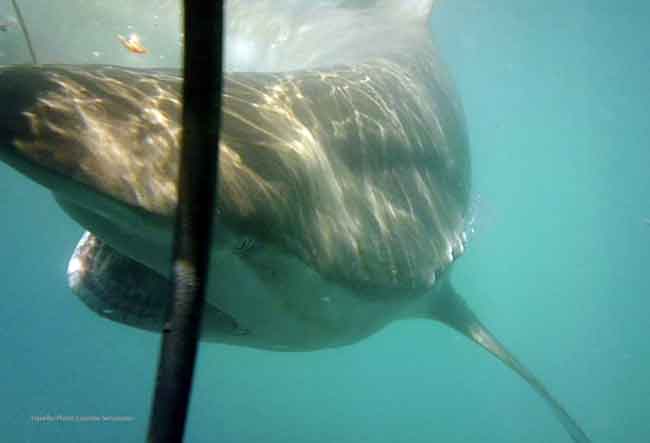
Sightings increase at this time of the year, partly because these sharks come into warmer waters to chase fish or give birth to their young. The Bronze Whaler is the only member of the genus that lives mostly at temperate latitudes, preferring warm/subtropical rather than tropical waters. In Gansbaai, South Africa, the waters are above 12 degrees Celsius
Bronze Whalers are also called copper sharks because as the name suggests, it has a sandy copper hue to its flesh which looks like dark gold when the sun catches it. If you’re diving and they are above you, their underbellies are cream in colour.
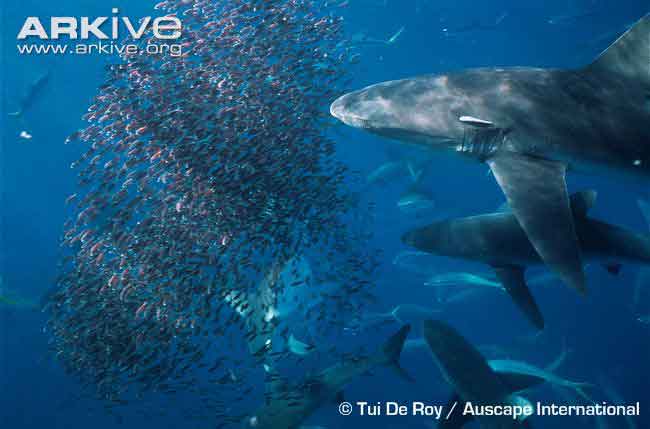
Their skin is thick and leathery to touch. Like Great White Sharks, they have denticles, which are like small teeth, embedded in the skin. These channel water-flow over their bodies, for easily slipping through the water.
Bronze Whalers are a social bunch of fast-swimming predators that know that there is safety in numbers. Unlike the solitary Great White Shark, they prefer large groups utilizing their numbers to their advantage both for protection and for hunting. They feed on bony fishes, such as sardines, mullets, hake and soles, as well as other prey such as sawfish, squid and cuttlefish. Large numbers follow the winter sardine run off the southern Natal coast, of South Africa, to feast on their favourite prey, millions of southern African pilchard.
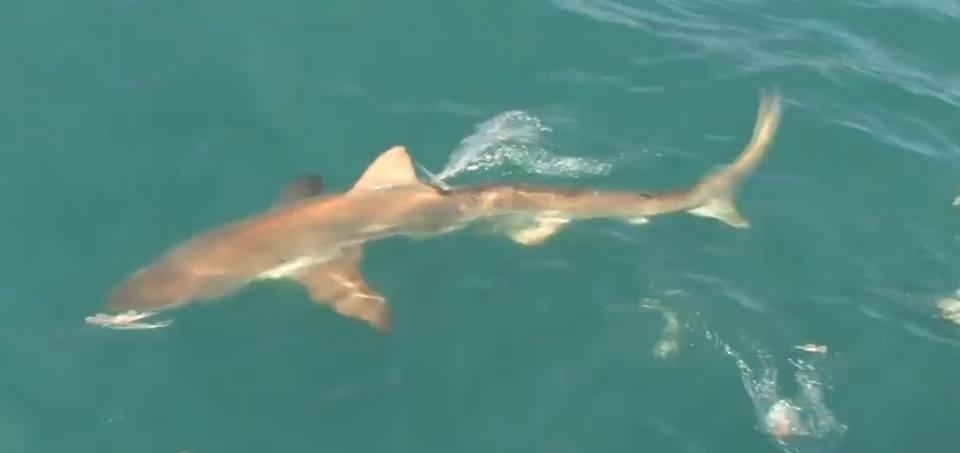
Did you know? These cartilaginous fish will bear live young. Bronze whalers are viviparous which means the embryos develop within the mother and are provided nutrition via a yolk-sac placenta and then give birth to between 7 and 20 pups.
They are not normally aggressive towards humans, although spearfishers have been bitten by excited sharks. However, they are opportunistic eaters which mean that they will eat live or dead animal matter. Their eyesight is probably limited only by the visibility of the water. They may be able to see tens of metres, as far as humans can, underwater. Like any large predator, this shark also becomes hostile in the presence of food will attack a human is when it feels its prey has been taken away. There have been claims that the shark has attacked spearfishermen while they had fish on their spears.
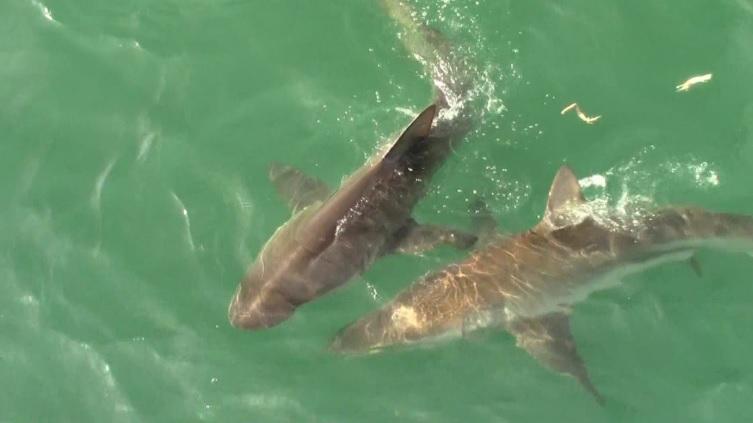
The Bronze Whaler Shark is part of the Requiem Family, where there are around 56 different genres of shark, including the Blue Shark, which we also get to see when we embark on our pelagic shark dive expeditions.
Copper Sharks, much like the Great White Shark, are very slow to mature sexually, and it is believed that they only become sexually reproductive at an age of around 17 to 19 years old. This is one of the reasons for which they are now considered a vulnerable species according to the IUCN.
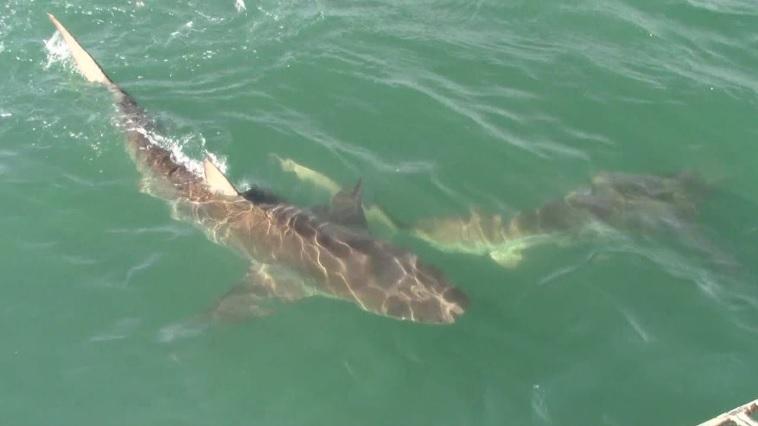
Did you know: Despite its size and aggressive predatory behaviour the only known fatal attack by a Bronze Whaler Shark is dated in September of 2011 and happened in Australia's Bunker Bay.
THREATS
- There is little information regarding the extent to which the bronze whaler is utilized, but it is undoubtedly caught for food, by sports anglers and taken as by-catch in a number of areas.
- Their numbers are dropping due to over-fishing and it takes a long time for them to recover their numbers as they are slow breeders
- The species population size is unknown, but the ICUN's Red List assesses the species as Near Threatened- i.e likely to become endangered in the near future.
HABITAT
The Bronze Whaler Shark is very sensitive to the salinity of water around it and migrates accordingly Although it prefers the deeper waters of the Atlantic, especially off the coast of South Africa, the Bronze Whalers migrate seasonally and both sexes are single travellers but will meet up again during the mating season. They migrate mainly to breed, feed, and according to temperature changes. The maximum distance travelled by one individual in a study in South Africa was 1,320 km (825 miles)!
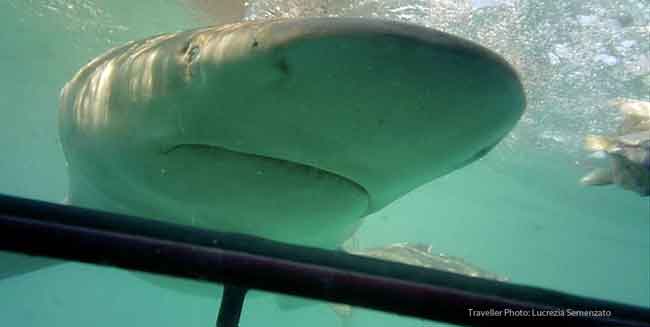 Five Fast Facts about Bronze Whalers
Five Fast Facts about Bronze Whalers
- Also known as copper sharks, these large sharks can grow over 3 metres long.
- They are called whalers because they used to gather in large numbers around whale carcasses after they had been harpooned in the 19th century.
- Bronze whalers are very fast swimmers who every year get together in large numbers to catch millions of South African pilchards during the annual sardine run.
- Like other sharks, they give birth to live young, with 7-24 pups being born every litter. They take a long time to mature after being born.
- Bronze whalers are found in shallow waters and down to a depth of 100 metres in a wide range in the Indian, Pacific and Atlantic Oceans and the Mediterranean Sea.
If you’re surfing along our beautiful beaches this summer don’t be surprised if the sleek bronze body next to you riding the waves is that of a bronze whaler shark.
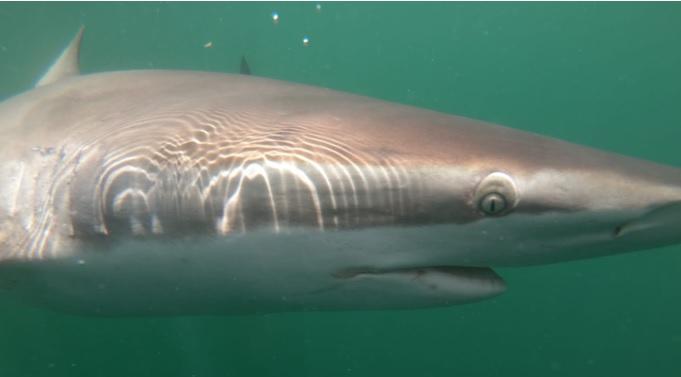
Copper sharks are our golden summer sharks. These sharks are found close to the Cape Shoreline throughout our summer season and are the perfect addition to your bucket list.
Great White Shark Tours do not offer Bronze Whaler cage diving, but it is very likely that you will encounter groups of up to twenty while diving with white sharks
Need more reasons why you should join us on a shark cage diving trip?
Sources:
http://www.arkive.org/bronze-whaler/carcharhinus-brachyurus/
http://www.ultimate-animals.com/lets-talk-itbronze-whaler-shark/
https://www.niwa.co.nz/
https://www.arkive.org
https://haydensanimalfacts.com/
All photos ( except ARKIVE sardine Frenzy photo) were taken by travellers during shark cage diving trips with Great White Shark Tours.
Special thanks to Traveller Lucrezia Semenzato

